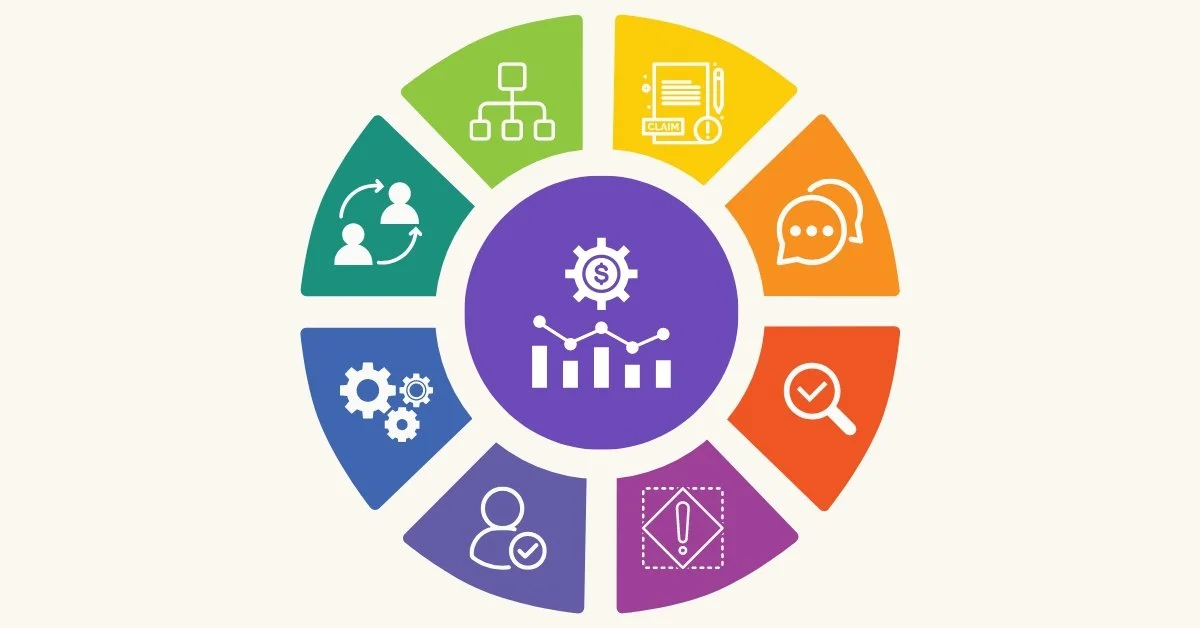This blog will discuss Key Performance Indicators (KPIs) for Clinical and Quality of Care and why they are critical for effectively managing Home Care Agencies.
Key Performance Indicators for Home Care – Scheduling and Employee Utilization
Key Performance Indicators for Home Care – Census and Financial
Key Performance Indicators for Home Care – Definition
Overtime Pay for Home Care Workers – Implementation and Tracking
Even though FLSA overtime rules for home care workers have now been in vogue for a while, most private duty nursing and non-medical agencies have to strike a careful balance between the high quality and continuity of care they provide and minimizing the overtime cost.
With falling reimbursements from third-party payers, and trying to strike a balance between expectations and quality of service for private pay patients, most home care agencies are trying to adapt their business models to limit caregivers to 40 hours a week.
Best Support in Home Health Care Software: CareVoyant on G2
Software Features for Continuous Care Documentation in PDN
Six Steps to Improve Clinician Utilization for Home Health Care Agencies
Right eMAR/eTAR Software for Private Duty Nursing Home Care Agencies
Many Private Duty Home Care Agencies use Electronic Medical Record (EMR) Home Health Care Software designed for visit-based Home Health Care agencies with static PDF forms to document medication and treatment administration. These solutions pose many challenges to effectively managing medication and treatment administration. Managing and administering these medications and treatments on paper or on software that does not support dynamic eMAR/eTAR will require considerable manual effort leading to errors, missed medications, or treatments endangering patient safety.
Scheduling Efficiency for HCBS and Private Duty Non-Medical Home Care Agencies
HCBS and Private Duty Non-Medical Home Care Agencies should leverage technology and intelligent automation to improve scheduling efficiency. Improving scheduling efficiency will positively impact many aspects of agency operations. A Home Care Software platform with efficient scheduling tools will improve the operational efficiency of HCBS and Private Duty Non-Medical Home Care Agencies.
Care Coordination Tools for Home Health Care Agencies
Care Coordination is critical in improving collaboration, quality of care, compliance, and patient and employee satisfaction. Home Health Care Agencies need the right home care software platform with tools to coordinate care effectively and efficiently to ensure the highest quality and level of service.
Essential Features to Track Narcotics Counts in Private Duty Nursing Software
Private Duty Nursing Agencies may use paper-based forms or some tools outside their Home Care EMR software to track narcotic counts for the patients at home. Using paper-based forms to track narcotics may pose many challenges in effectively monitoring the administration and counts. Private Duty Nursing Agencies should leverage technology and use the right tools integrated with the Home Care EMR Software to track and monitor narcotics count.
This blog will discuss some essential features a Home Care Software should have to effectively track and monitor narcotics count for Private Duty Nursing Home Care agencies.
Best Practices to Monitor Controlled Substances (Narcotics) in Private Duty Nursing
Private Duty Nursing patients usually have many medications, with one or more controlled substances (Narcotics), to be administered during the shift. Medication management is one of a Private Duty Nurse's most essential responsibilities while working with patients with chronic complex medical conditions. Private Duty Home Care agencies should have a corporate policy to monitor narcotic counts and the safe handling of narcotics. Effective Narcotics Monitoring Program will maintain compliance with regulations, prevent the diversion of drugs and medication errors, and maintain accountability.
This blog will discuss the benefits of the Narcotics Monitoring Program and the best practices for implementing the program in Private Duty Nursing Home Care agencies.
Work-Life Balance – A Guide to Home Care Workers
Achieving a healthy work-life balance is crucial for home healthcare professionals. The job demands can be physically and emotionally taxing, and home care workers must take care of themselves to provide the best possible care to their patients.
To help home healthcare professionals strike a balance between their professional and personal responsibilities, it is crucial to establish clear guidelines and boundaries. This blog will discuss some of the guidelines that home healthcare professionals can follow to maintain a healthy work-life balance.
Right Electronic Visit Verification (EVV) Home Care Software
Home Care Agencies providing Home and Community-Based Services face many challenges in implementing EVV solutions to meet CURES Act requirements. Home Care Agencies should take a holistic approach in finding the right home care software partner to implement EVV rather the settling for the solutions provided by the state or managed care providers. Taking an integrated approach will improve operational efficiency and the agency's bottom line.
This blog will review the key factors Home Care Agencies should consider in selecting the right home care software to implement EVV in their agencies.
Electronic Visit Verification for Home Care Agencies - A Primer
Even though Electronic Visit Verification (EVV) has been in use for a while, the 21st Century CURES Act mandated the use of EVV for Medicaid providers. The Cures Act initially required states to implement an EVV (Electronic Visit Verification) system by January 1, 2021, for Medicaid-funded Personal Care Services (PCS) and by January 1, 2023, for Home Health Care Services (HHCS) that require in-home visit by a provider. Many states received exemptions and deferred implementation of EVV for a year or two. As of January 1, 2023, nearly 80% of the states require EVV for Personal Care Services. Quite a few states also require EVV for Home Health Care Services (Skilled).
This blog will review EVV requirements and the steps Home Care Agencies should take to implement EVV in their agencies.
Right Home Care Software for Consumer Directed Services
Consumer Directed Services (CDS) are home-based health care services offered by Medicaid or Medicaid waiver programs where the consumer (Patient) can hire the caregiver and coordinate the services authorized. Consumer Directed Services are also known as Self Directed Care or Participant Directed Care. Consumer Directed Services programs will allow the consumer (Patient) to select and direct the caregivers to provide the services authorized by Medicaid or Medicaid Waiver Programs. The patient’s ability to choose a family member or a friend to provide the services needed will increase the trust and comfort level with the caregiver. Consumers will still work with a Fiscal Intermediary, usually a Home Care Agency, to manage the payroll for caregivers and billing for the services.
Essential Features for Home and Community Based Services Software
Medicaid beneficiaries are increasingly receiving LTSS through HCBS. Because states can limit enrollment in HCBS waivers, most states report having HCBS waiver waiting lists totaling over 665,000 people nationally. Proposed additional funding for HCBS will enable states to reduce their HCBS waiver waiting lists and add more people to HCBS. The need for HCBS services will continue to grow in the foreseeable future. Home Health Care Agencies looking for growth and expansion should consider HCBS services as one of the options.
This blog will discuss some of the essential features required in the software to manage HCBS Home Care Agencies efficiently.
Home and Community Based Services: An Introduction
Home and Community-Based Services (HCBS) allow Medicaid beneficiaries to receive services in their home or community rather than institutions or other isolated settings. These programs serve a variety of targeted population groups, such as people with intellectual or developmental disabilities, physical disabilities, or mental illnesses. Over 3.5 million individuals receive HCBS through various Medicaid Waiver programs.
Effective Intake Process for Revenue Cycle Management
Effective Intake Process plays an outsized role in Revenue Cycle Management. Collecting timely and accurate information at the point of referral and intake will help Home Care Agencies to reduce denied claims and improve reimbursement time and cash flow. Home Care Agencies must leverage technology and integrated intelligent automation to improve intake efficiency and enable their staff to do more with less. Improving cash flow will help agencies continue providing quality care and improve patient and employee satisfaction.



















